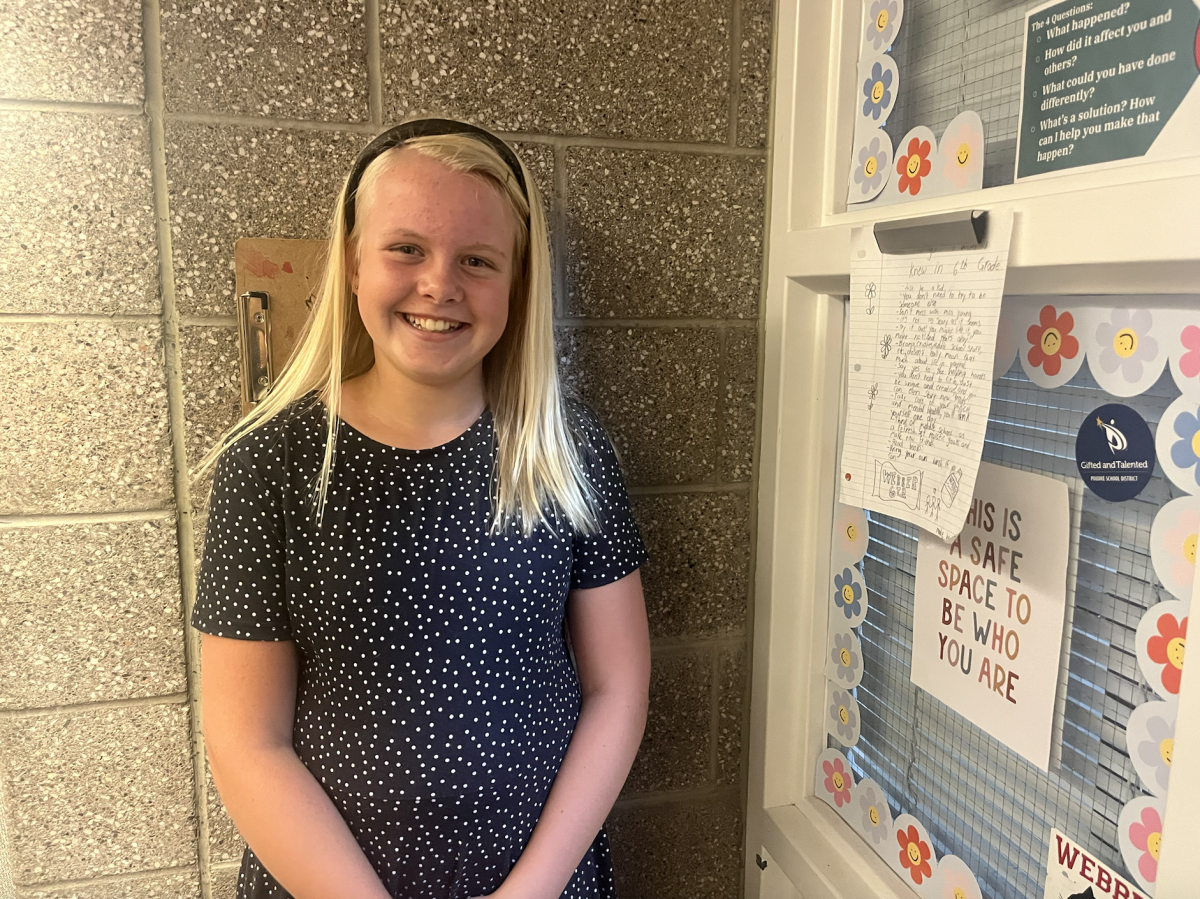In the Poudre School District, one issue seems to unite parents and students alike: school start times simply don’t work with schedules. While elementary schools currently start at a time that works well with many family schedules, the present start times for middle and high school students are just not working.
The solution is not as complicated as it may seem: high schools and middle schools should simply switch start and end times. This reversal would better align with teenage sleep patterns, duties, and family needs.
The Current Time Table Isn’t Working
Right now, elementary schools begin at what many consider to be a great start time—early enough to allow parents to drop their children off before work but not so early that it compromises the sleep and wellbeing of young kids. However, the issue begins with middle and high schools, whose current start times are misaligned with student needs.
In many households, younger children are getting home before their older siblings. This causes a logistical challenge for working parents, who may not have the ability to leave work early every afternoon. Young children cannot safely stay home alone, and without their older siblings there to supervise, families are often forced into difficult decisions about childcare. If high school students were released earlier, they could help care for younger siblings, easing pressure on working families.
High school students are facing a very different reality—one filled with demanding academic schedules, extracurricular activities, and often, part-time jobs. A later end to the school day makes it difficult for teens to find employment, especially since not many after-school jobs begin around 4:30 p.m. Students who want or need to work may be forced to miss part of the school day just to punch in on time.
Athletes are in an even more difficult position. After a long school day, many students go directly to practices or games, often not returning home until 7 or 8 p.m. That leaves little time—if any—for homework, dinner, chores, or quality time with family. And for students who also have younger siblings to look after, the balancing act becomes nearly impossible.
Meanwhile, middle school students, developmentally, are better suited to start later in the morning. At this age, children begin needing more sleep, and their internal clocks shift, making early wake-up times even harder. Giving them a later start would not only support healthier sleep patterns but could also improve academic performance and overall well-being.
Switching the start times between high school and middle school is more than just logical—it’s practical. Countless studies have shown that teenagers benefit from more sleep and perform better academically with earlier release times. At the same time, giving middle school students a little more time in the morning supports both their physical and emotional development.
Families across the district are already juggling enough. Making school start times work better for students of all ages could ease the stress on parents, improve life for teens, and help younger students stay safe and supported.
In a world where flexibility and understanding are increasingly important, it’s time our school schedule reflected that reality. Fixing our sleep schedules is not just a matter of convenience—it’s a step toward healthier, more balanced lives for all students.











































